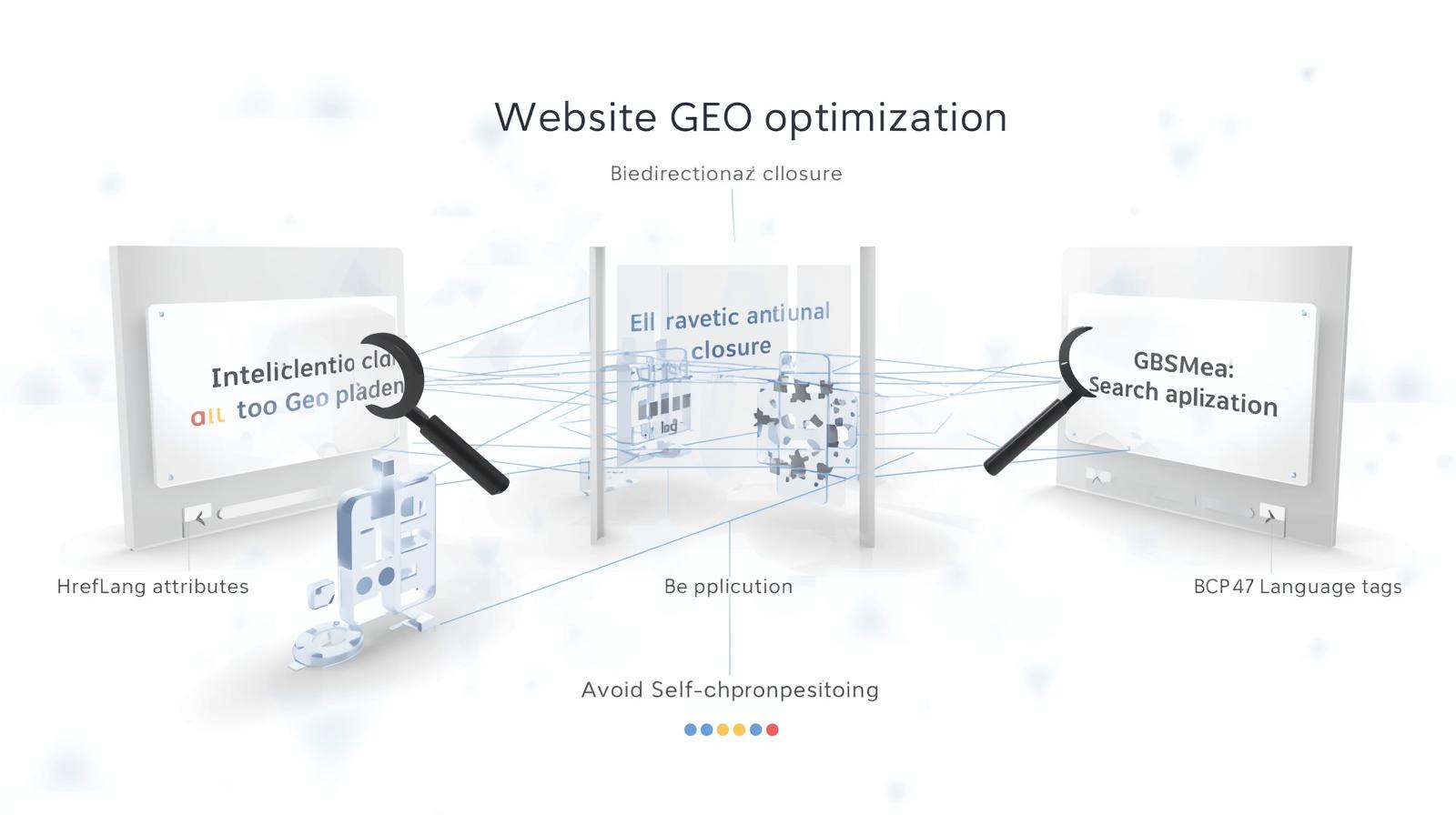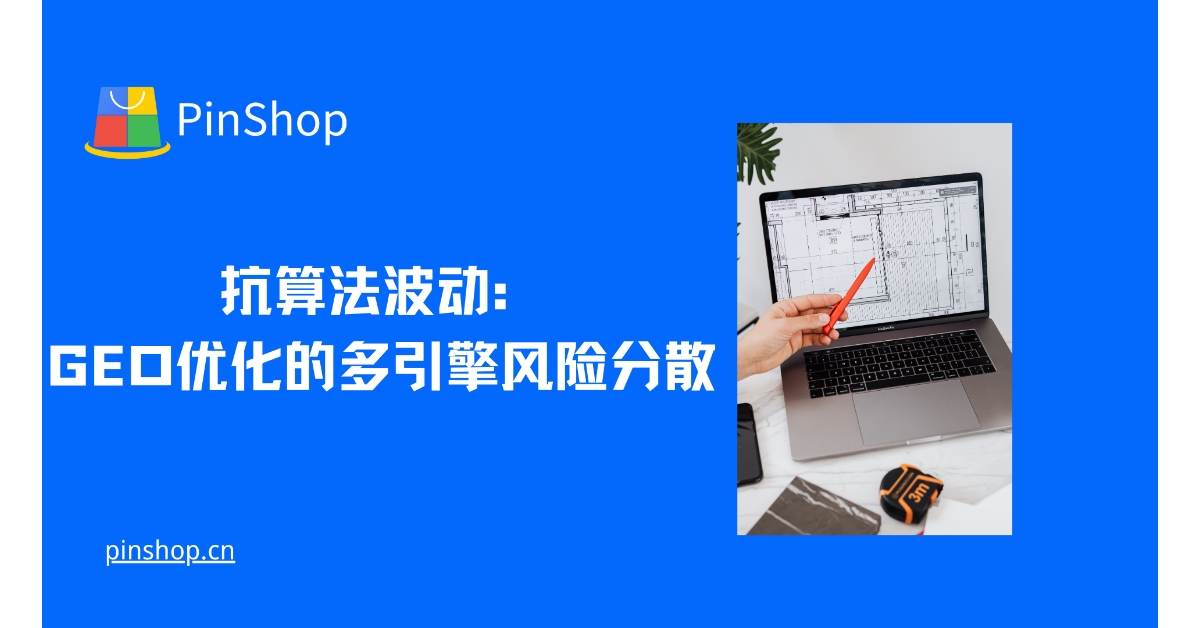1. Why “country” is not equal to “language”
Country/Region is a delivery and compliance module , while Language is a content presentation dimension . A single country may have multiple languages (e.g., de/fr/it in Switzerland), and a single language may span multiple countries (e.g., US/UK/AU in English). Therefore, the first step in GEO optimization is to decouple audience geotargeting from content language versions . Search engines also recommend providing clear versions by language/region, annotated with structured signals (refer to Google Search Central's Multilingual/Multi-Region Page Guidelines ).
2.4 Common pitfalls
Forced IP redirection instead of language selection : The crawler is redirected to a single version, making other versions difficult to crawl, resulting in missing inclusion and ranking fluctuations.
Generic language tags : The page has
lang="en"but is targeting the UK market; tags that do not conform to the standard make it difficult for search engines to identify them (W3C recommends following BCP47, such asen-GBandpt-BR, see W3C Language Tag Guidelines ).The hreflang is not "looped" : A points to B, but B does not point back to A; or the country code is mistakenly written as the language code, causing them to compete with each other.
Chaotic URL structure : The same semantic page appears in multiple indexable paths (root domain, directory, and subdomain duplication), diluting its authority.
3. Correct Layering: Information Architecture and URL Strategy
Language-first modeling : Determine the primary language directory (such as
/en/and/de/), and then expand the country-specific content (delivery time, taxes, logistics commitments, etc.)."Local presentation" of regionally different content : Try to present destination information (such as tax/shipping fee prompts) as parameters or components within the same language path to avoid duplicating a "new indexable page".
Stable indexable version : Display the crawlable base language version by default, and provide a prominent language/region switch; do not use 302/JS strong jump to override.
4. Search Engine Identification: hreflang and language tags
BCP47 compliance : Language tags use the "language-region" format (such as
en-US,es-MX), which is consistent with the actual language of the page; for details on the standard, see the IETF BCP47 specification .hreflang two-way closed loop : each version points to each other and provides
x-defaultto the language selection page; unified maintenance in the sitemap or<head>to reduce omissions.Avoid self-competition : For semantically duplicate pages, use hreflang to clarify “who serves whom” so that search engines can assign queries in different regions to the corresponding version (again, refer to Google Search Central guidelines ).

5. Experience First: No Strong Jumps, Switchable, Verifiable
Uninterrupted access : Prompts you to switch based on the browser language/region, but retains the option to stay on the current version.
Consistent key information : Price currency, tax caliber, delivery commitment, and customer service hours are presented modularly by region; language changes should not affect product visibility and inventory logic.
Verifiable local evidence : Logistics commitments and tax descriptions follow local regulations; language versions maintain consistent terminology to reduce bounce and after-sales risks.
6. Measurement and Troubleshooting Checklist
Visibility : View impressions, clicks, and core keyword rankings by country/language. If a region experiences a sharp drop, prioritize checking hreflang for broken links.
Content consistency : Sample and check whether the language tags of titles, descriptions, and text are consistent; whether there are any mismatches such as "English page but French tags".
Conversion path : Observe whether the add-to-cart rate and inquiry rate increase after switching languages. If they decrease, check whether the currency/tax is consistent in the details, shopping cart, and checkout pages.
7. Landing Paradigm (Applicable to Foreign Trade Stations)
Use language master directories (
/en/,/de/,/es/) and present shipping/tax/delivery times by country component in templates;Configure BCP47 language tags and closed-loop hreflang throughout the site;
Replace IP force jump with a prompt bar, and retain the "stay/switch" option;
Use sitemaps to batch check all language-region pairs and perform regular inspections.
Conclusion and CTA
The core of GEO optimization isn't simply flipping through pages, but rather clearly separating languages and countries , ensuring that search engines understand them while providing users with a consistent shopping experience. Pinshop, built on React and Next.js , features a built-in multi-language/multi-region architecture, BCP47 and hreflang management, static content, and global acceleration , helping foreign trade companies achieve more stable indexing and higher conversion rates in a shorter timeframe.
Contact Pinshop now to build a compliant, fast, and scalable cross-border independent website.

【Extended Reading】
GEO optimization driven page experience: time zone, currency, logistics and tax localization






